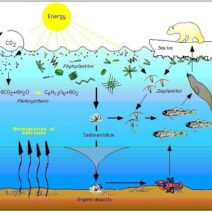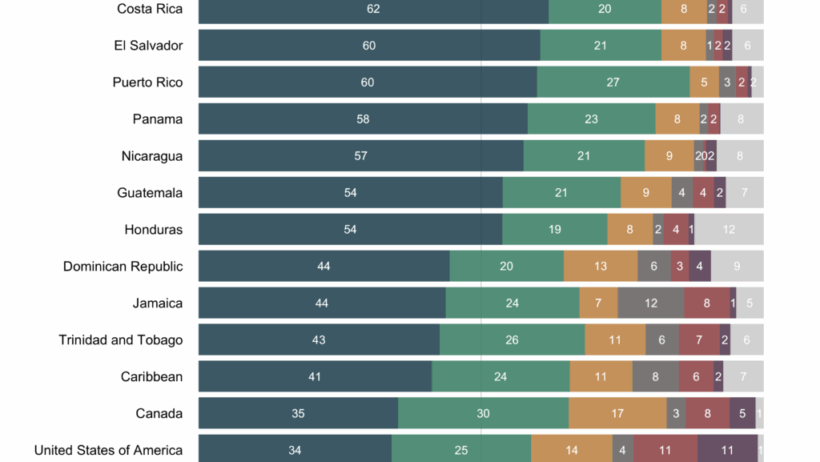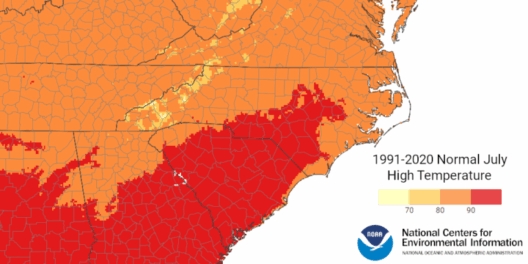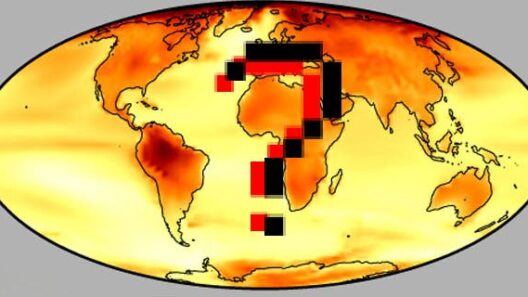As the world grapples with the increasingly pressing issue of climate change, the United States stands out in discussions surrounding global warming, serving as both a contributor and a focal point for potential solutions. Understanding how America rates in its contribution to global warming involves examining several key indices, primarily greenhouse gas emissions, energy consumption, policy frameworks, and public perception. This multifaceted analysis reveals not only the nation’s role as a significant polluter but also the complexities underlying its environmental strategies.
To quantify America’s impact on global warming, the most critical metric is greenhouse gas (GHG) emissions. The United States is historically one of the largest emitters, contributing approximately 15% of global emissions. This hefty figure places it second only to China. The emissions primarily stem from three sectors: electricity generation, transportation, and industrial processes. The combustion of fossil fuels, particularly coal and natural gas, has been a consistent source of carbon dioxide (CO2), a primary driver of climate change.
Electricity generation accounts for nearly 30% of total U.S. GHG emissions. While the nation has made strides in shifting towards renewable energy sources—such as wind, solar, and hydropower—the transition has been uneven. Many states rely heavily on coal, which remains a significant contributor to GHG emissions. Furthermore, the speed at which renewables are integrated into the energy mix is crucial. As of recent data collection, the percentage of renewable energy in energy consumption is steadily increasing. However, the pace of this transition must be accelerated if the U.S. aims to meet ambitious climate commitments.
Transportation, which comprises about 29% of GHG emissions, represents another challenge. The overwhelming reliance on gasoline and diesel fuel for cars and trucks exacerbates the problem. Although electric vehicles (EVs) are increasingly popular, infrastructure development and consumer acceptance are critical barriers to more widespread adoption. Moreover, the U.S. has historically favored policies that prioritize personal vehicle use over public transportation options, resulting in higher per capita emissions compared to other developed nations.
Industrially, the U.S. continues to be a significant contributor to GHG emissions, releasing around 22% of total emissions from sectors such as manufacturing and agriculture. The agricultural sector is particularly noteworthy, as it not only generates GHG emissions through methane and nitrous oxide but also has a profound impact on land use, deforestation, and biodiversity. The overall implications of these emissions underline an urgent need for policy reform and innovative practices within American industry.
A national climate scorecard goes beyond merely listing emissions; it also assesses the effectiveness of government policies aimed at mitigating climate change. The U.S. policy landscape is a tapestry of federal, state, and municipal approaches. Federal policies, such as the Clean Air Act and varied legislative measures, typically seek to limit emissions. However, the fluctuating political will has led to inconsistent implementation and enforcement. Administrations can shift priorities based on political ideologies, which underscores the importance of public advocacy and grassroots movements.
Additionally, state-level initiatives often lead the charge in ambitious climate action. California, for example, has set stringent emissions reduction targets and has championed clean energy legislation. Such efforts frequently serve as blueprints for other states, revealing that progress is possible through localized efforts. Nevertheless, the inter-jurisdictional nature of climate policy complicates unified action across the nation, highlighting the challenges inherent in federalism.
Public perception plays a pivotal role in shaping policy and action related to climate change. Awareness around climate issues has intensified in recent years, influenced by extreme weather events and rising sea levels. Surveys indicate that a significant portion of the American populace recognizes climate change as a critical issue, but beliefs about its causes and solutions can vary widely. This divergence can lead to polarized stances, impacting collective action.
To assess America’s contribution comprehensively, it’s crucial to juxtapose the data against targets established by international agreements, such as the Paris Agreement. The U.S. initially announced its intention to withdraw from this pact, only to later rejoin. The implications of such decisions underscore the tug-of-war between national interests and global responsibility. Meeting the stipulated commitments requires not only robust domestic policies but also international collaboration, particularly with nations that have significantly lower per capita emissions but greater overall impact due to population sizes.
The United States has made pledges to reduce GHG emissions by 50-52% below 2005 levels by 2030, which represents an ambitious goal. Achieving this requires sweeping transformations across all sectors. Advancements in technology, investment in research and development, and adoption of sustainable practices are imperative. Furthermore, active participation in global dialogues and initiatives is essential to foster cooperative and innovative approaches to combat climate change.
In conclusion, America’s contribution to global warming reveals a complex landscape marked by significant challenges and opportunities. While the statistics demonstrate that the nation remains one of the largest contributors to global emissions, there is also a growing recognition of the need for comprehensive action. The interplay of state policies, public perception, and international commitment collectively shapes the trajectory toward a sustainable future. Ultimately, America’s climate scorecard is emblematic of a broader struggle, one that must be met with urgency, unity, and diligence in overcoming what is perhaps one of the most significant existential threats of our time.








